 |
G0MWT, GX0MWT & GB100MWT
1930s Field Days |
 |
G0MWT, GX0MWT & GB100MWT
1930s Field Days |
The first NFD took place during the first weekend in June 1933 and except for the war years it has continued as an annual event ever since. The original purpose of NFD was to demonstrate that low power portable stations set up at short notice out of doors were capable of maintaining reliable communications with other low power stations in other parts of the British Isles.
The results showed "that if the necessity arose the amateur radio movement in the UK could place into operation an emergency network of stations at short notice".
The competition was run on a district basis. Entries were under the direction of the District Representative.
At first only two stations per district were required, but in 1937 this was increased to one per band.
Instead of signing /P as today, stations appended 'P' to their call so that G5RV became G5RVP. All operations
were from locations approved in advance by the GPO.
1933: Eighteen teams competed. Essex was in District-9 "Home Counties" which did not take part.
1934: Essex was in District-14 "Eastern" which comprised East London and Essex. The East London group was very experienced with portable operation having held field days for several years, and had entered the 1933 NFD.
The A-Station (G6UTP) was located near Rookwood Hall, Abbess Roothing, and was operated by G6FJ, G6WQ and G6UT. The receiver was built by G6QK and the transmitter by G6FJ. G2APS helped with transportation. The sole visitor was G2XP. Operating on 1.7 and 3.5 Mc/s they scored 139 points. The B-station (G6CTP) was located at Rettendon Tile Works and was operated by G2LZ, G5VQ, G6IF, G2BWP and Mr Walker. Visitors included G2KT, G2WG and G5VS. The 14 Mc/s gear was provided by G2DQ and the 7 Mc/s gear by G6CT. Spare receivers were provided by G2LZ and G2WC. Best DX was SU1A portable. They scored 138 points, giving a total of 276 points which put the team in 6th position out of 21 entries.
1935: The East London group held a rehearsal at Rookwood Hall in April. Despite the preparation, operation started 3 hours late. The operators told the RSGB inspectors, "In starting late we shall have every other A-station queuing up for us during the night".
The A-Station (G6UT) scored 10 points on 1.7 and 115 points on 3.5 Mc/s. The B-Station (G6CT) used a transmitter supplied by G6CT and a receiver supplied by BRS1447, and scored 161 points on 7 and 0 points on 14 Mc/s. The district finished in 13th place with 286 points. G6CTP worked 10 different Swiss stations and received a diploma from U.S.K.A., the Swiss national society.
1936: The A-station (G6UTP), once again located at Rookwood Hall, Abbess Roothing, scored 140 points. Operators were G2XG, G8AB and G6UT. The B-station (G6CTP) was located at Hockley. G6CT was responsible for the erection of the mast and general organization; G2LC, G5VQ and G2BNR for receivers; and G2WK for the tents. The B-station scored 97 points, and the district finished in 11th place with 337 points.
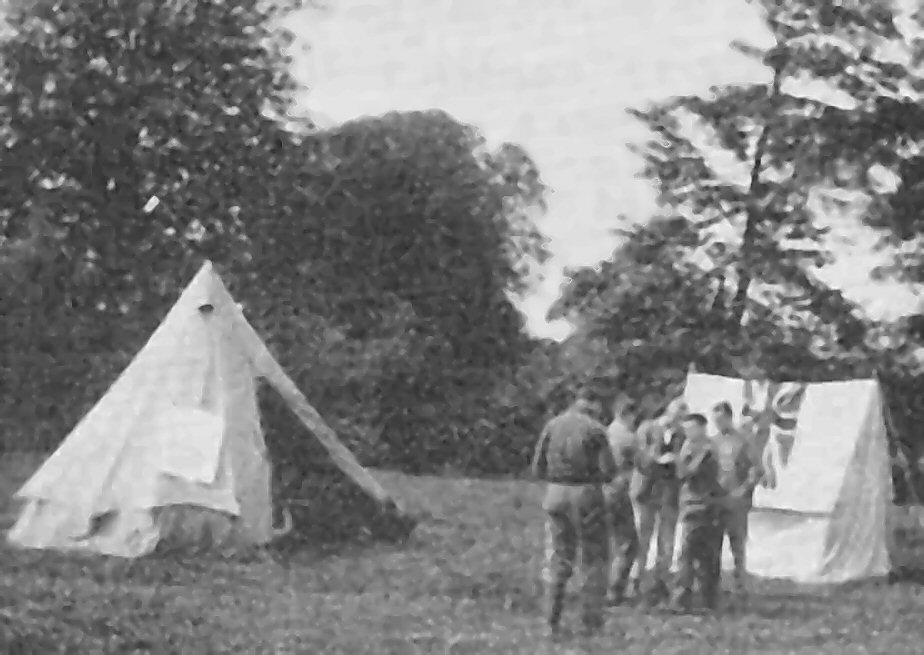
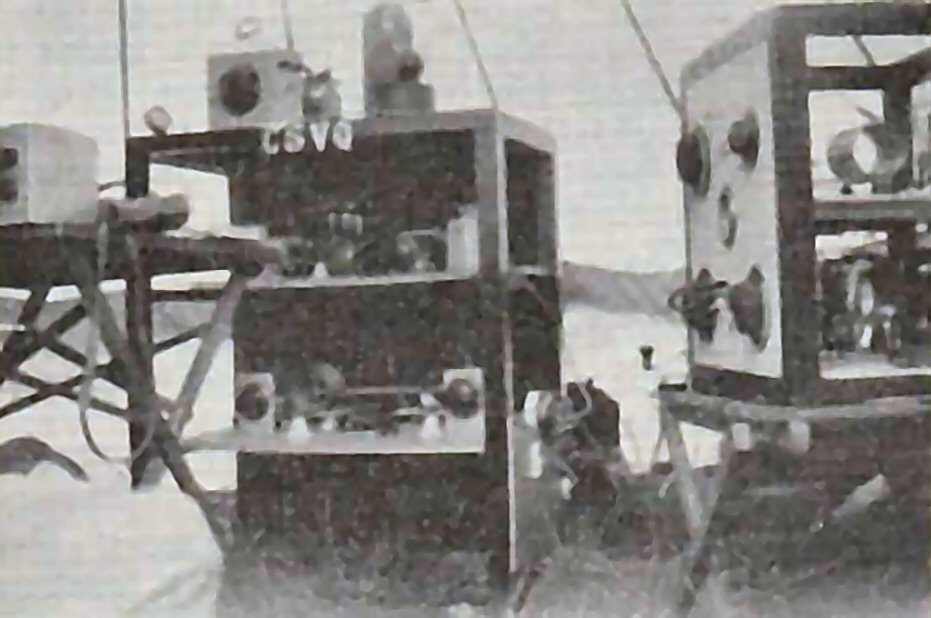
1937: The rules changed and districts had a separate station for each band. The Chelmsford Group operated G6LBP on 1.7 Mc/s from Rail's Farm East Hanningfield. The operators were Peter Tremaine G8PB, Jimmy Watt G6ZC and Laurie Fuller G6LB. Gear was loaned by E.W.G Sainty G6ST.
G6UTP occupied a meadow site at Rookwood Hall, Abbess Roothing operating on 14 Mc/s. Conditions were not good and only 13 contacts were made. Operators and assistants were G6AH, G8AB, G8JM, 2AJF, 2BVV, BRS2292 and G6UT. The station was visited by G2NU, 2ANB and BRS2848 as well as the RSGB HQ party including G6CL, G6LL, G6OT and official cinematographer ex-G5CF.
The 3.5 Mc/s station (G6QKP) was operated at Manuden and, although conditions were bad, nearly all British Isles portables were contacted.
On 7Mc/s the call used was G5UKP. The station achieved the joint second highest score on the band. SWL BERS195 in Darwin, North Australia heard 12 UK stations, including G5UKP with a 54 report.
The team scored 55, 86, 150 and 57 points on 1.7, 3.5, 7 and 14 Mc/s respectively giving a total of 348 points and finishing in 15th place.
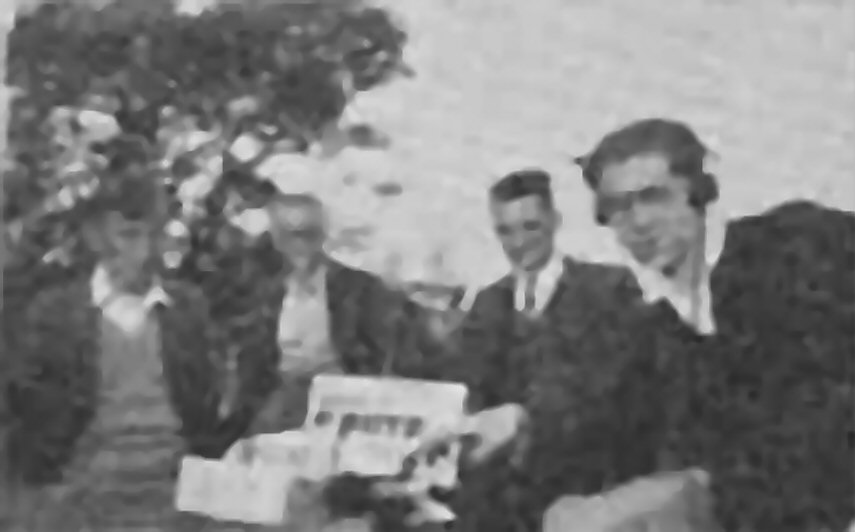

1938: There were some changes for 1938. The Chelmsford Group operated as G6LBP on 1.7 Mc/s again, this time from Fairmead, Bicknacre, using G6LB's equipment. G6UTP was on 3.5 Mc/s from Rookwood Hall, Abbess Roothing. G5UKP operated on 14 Mc/s from Thundersley Glen using G5UK's transmitter which worked well on 7Mc/s the previous year. G6QK was in hospital so G8AB took over an operated as G8ABP on 7 Mc/s from "The Rainbow and Dove", Hastingwood Common near Harlow.
The team scored 1, 109, 167 and 120 points on 1.7, 3.5, 7 and 14 Mc/s respectively giving a total of 397 points. With the exception of 1.7Mc/s, the team improved their score on all bands, as well as the total score, but finished in 18th place. The RSGB Bulletin reported that the Chelmsford NFD station "was abandoned due to lack of assistance - apparently local members were not interested in the 1.7 Mc/s band!". This was despite a plea for additional operators in the April edition of the T&R Bulletin.
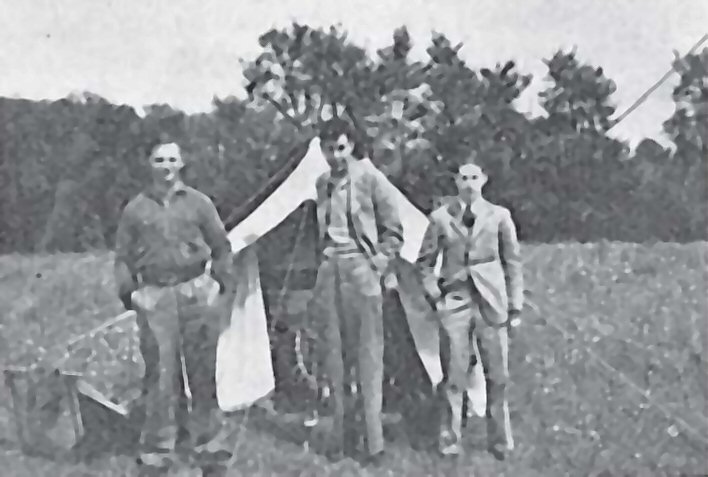
1939: The team scored 101, 179, 184 and 59 points on 1.7, 3.5, 7 and 14 Mc/s respectively giving a total of 523 points. The bands scores improved on all bands, other than 14 Mc/s, and the district finished in 12th place.
The Chelmsford group operated G5RVP on 14 Mc/s from Danbury Common, using a transmitter constructed by Louis Varney, and a Marconi-loaned aerial. Operators included Louis Varney G5RV and Laurie Fuller G6LB. Conditions were poor and the score low although "not for want of trying".
The East London group provided two stations. G8ABP on 3.5 Mc/s located at Tye Green near Potter Street. Operators were G8AB, G2CD and G2XP. Transport and other assistance by G4LV and 2ANB. The team were visited by G5FN, G4HG and 2AFT, as well as a party from RSGB HQ. G6UTP on 1.7Mc/s from Rookwood Hall, Abbess Roothing. Operators were G3SI, G3LP, G3JW, G3KZ, G6AH and G6UT.
The East Essex group 7Mc/s was G5XIP at Thundersley Glen, near Southend. Operators included G5XI and G6CT. Conditions were deemed fairly good although activity was low over night, and continentals were lacking in numbers.

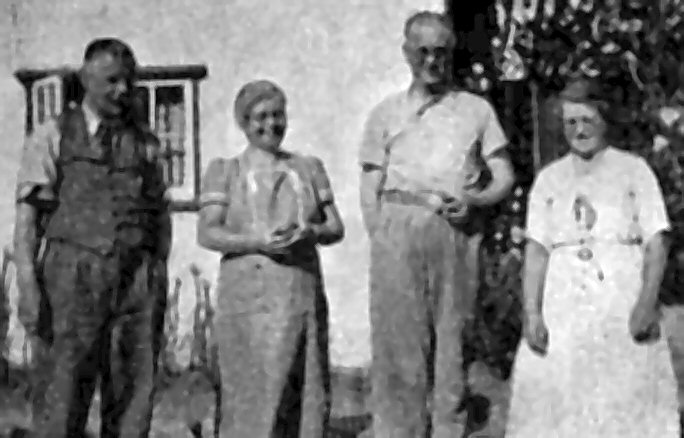
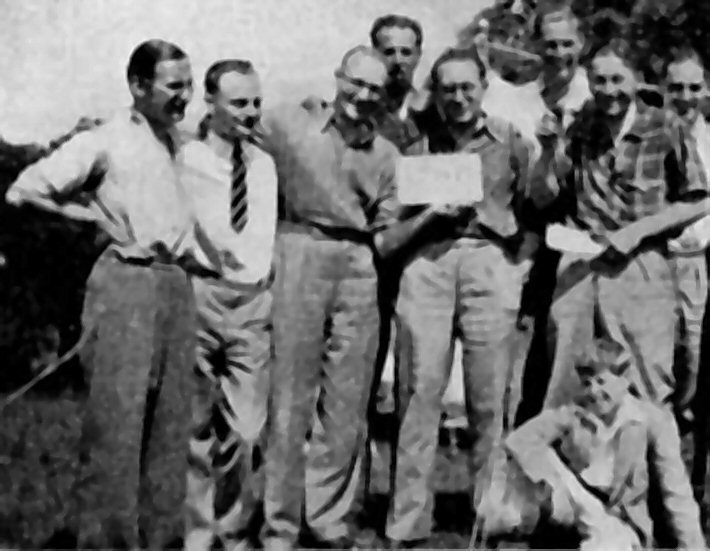
1939 NFD: G5RVP at Danbury Common
T&R Bulletin July 1939
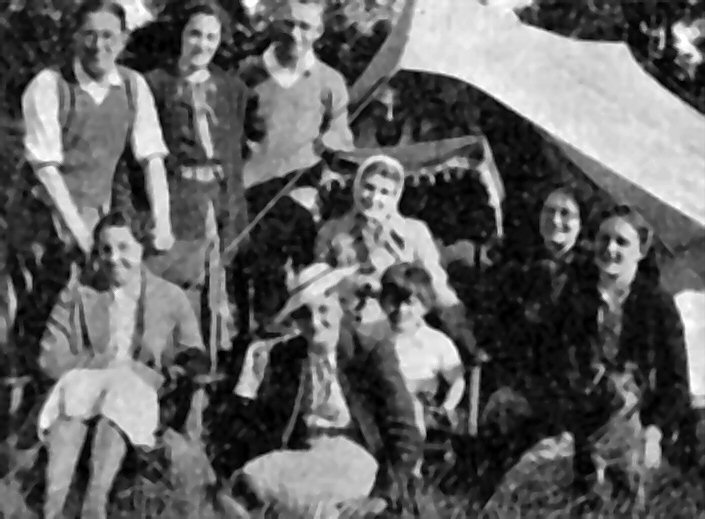
1939 NFD: G8ABP at Tye Green
T&R Bulletin July 1939
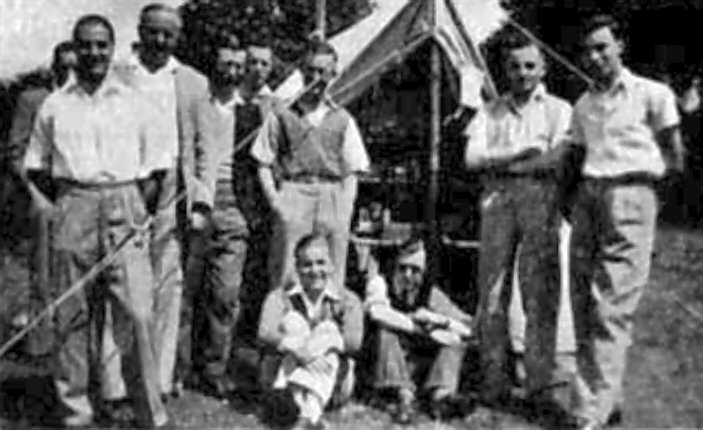
1939 NFD: G5XIP at Thundersley Glen
T&R Bulletin July 1939
Click here to go back to the Top of this Page
To RETURN to the CARS Society Information Page - Click Here
To RETURN to the CARS Home Web Page - Click Here
© Copyright CARS